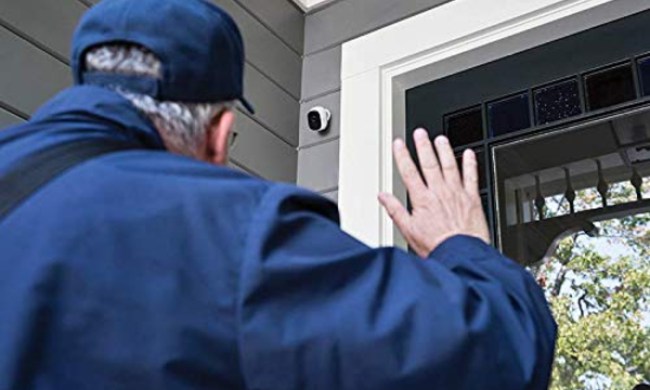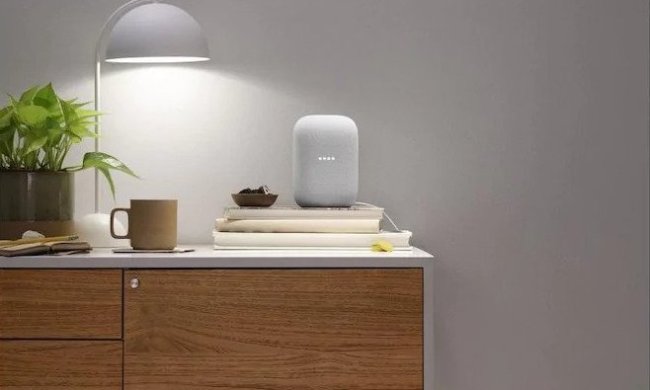According to its creators, the project started out with the goal of creating prosthetic shoes for helping users lift their feet, but evolved into a smart staircase — where pressure sensor-equipped steps raise or sink to aid people either ascending or descending.
“When going down these stairs, the springs support you and slow your descent against the pull of gravity, while getting stretched and storing energy in them,” Yun Seong Song, who built the device as a postdoctoral researcher at Georgia Tech, told Digital Trends. “When you go up these stairs, the springs release the stored energy and give you a push to help you with the ascent. We showed that the users need to work less on our stairs by up to 37 percent at the knee going up, and 26 percent on the ankle going down, compared to using normal stairs.”

There are a number of potentially useful applications for the technology. A big one relates to human movement rehabilitation, since the smart stairs encourage — through their ease of use — people to continue using them, and therefore retain or regain their stair-climbing ability. By contrast, escalators or elevators may be easier, but they also lead to greater degradation of people’s ability to negotiate a staircase on their own.
Incorporating a set of the smart stairs into the home of a person with reduced mobility could mean that they are able to stay in the house they are used to living in, rather than having to pack up and move to a place without stairs.
“Our stairs are energy-efficient and low-cost, meaning they can be cheap to obtain and maintain,” Song continued. “Because our stairs do not use complex machinery, the building cost could go down to $100 per step. [They also] use very little electricity to manage the sensors and latches, which can even run with batteries. [Finally,] our stairs are easy to install and remove, thanks to the modular design.”
A paper describing the work is published in the journal Public Library of Science PLOS ONE.
According to Song, the immediate next step for the project is to build a complete set of the smart stairs, and conduct comprehensive user studies on both healthy young adults and also older people. After that, the team is interested in finding partners to commercialize the technology. We think these would totally be a good addition to any self-respecting smart home.


